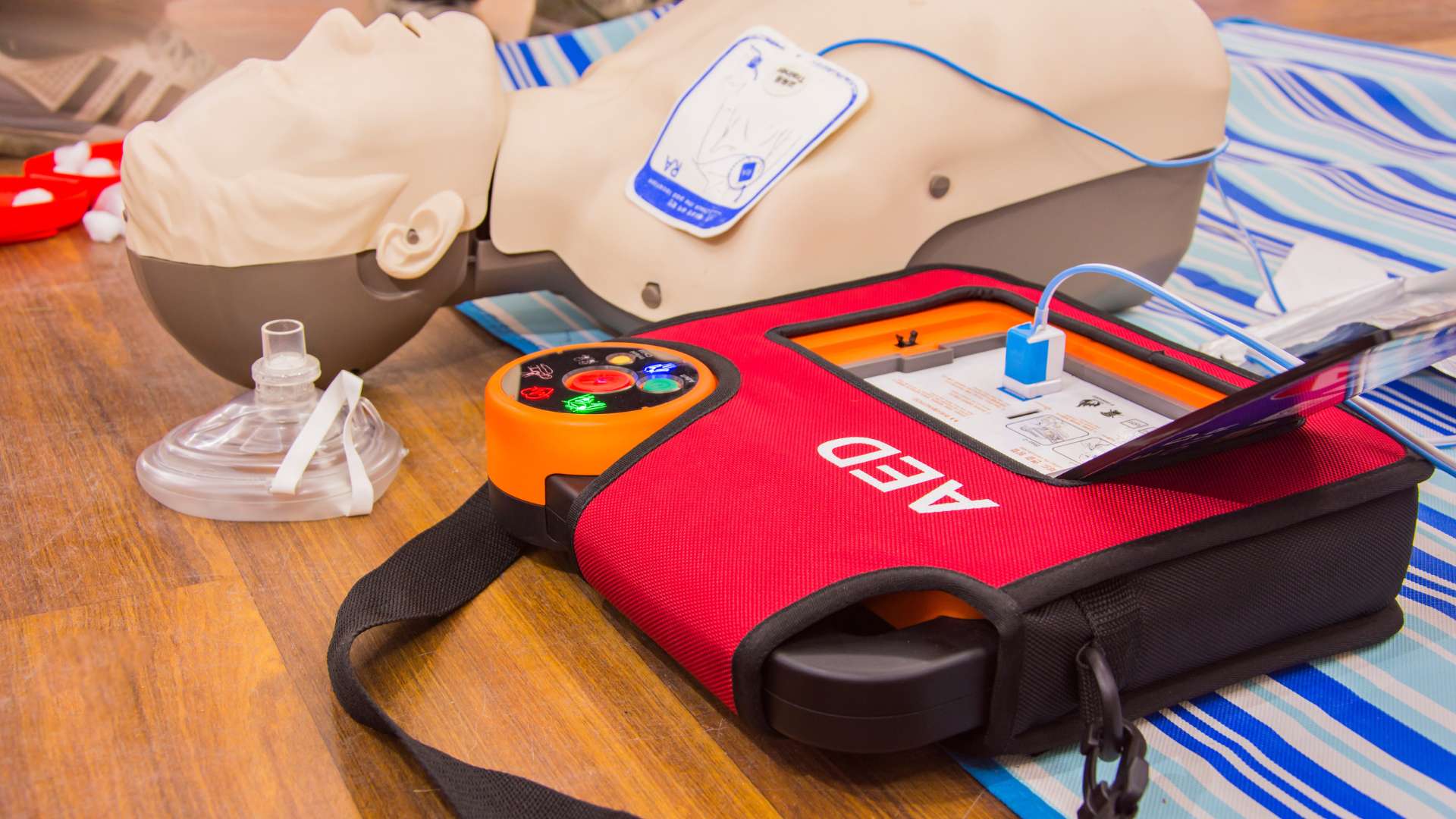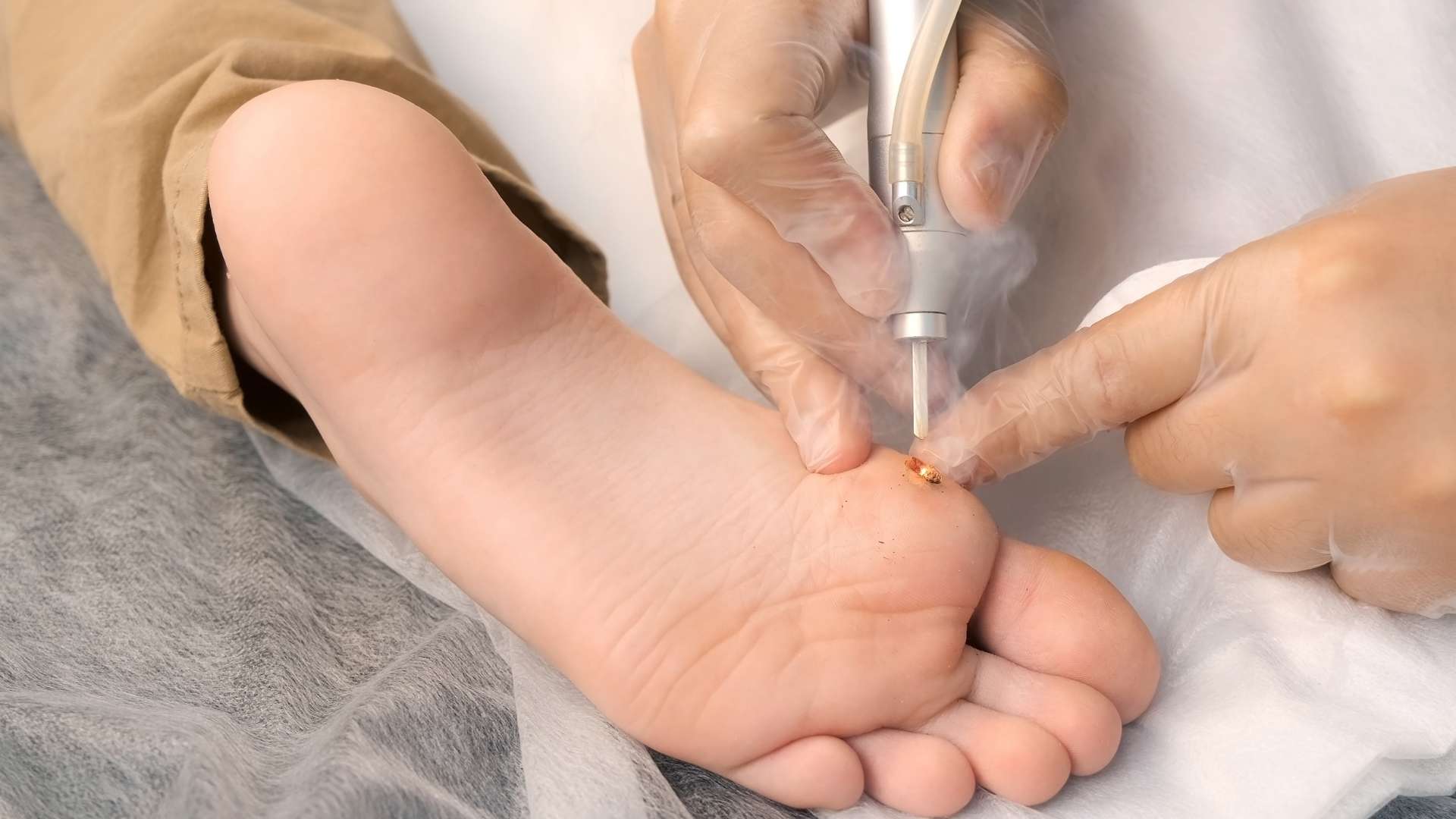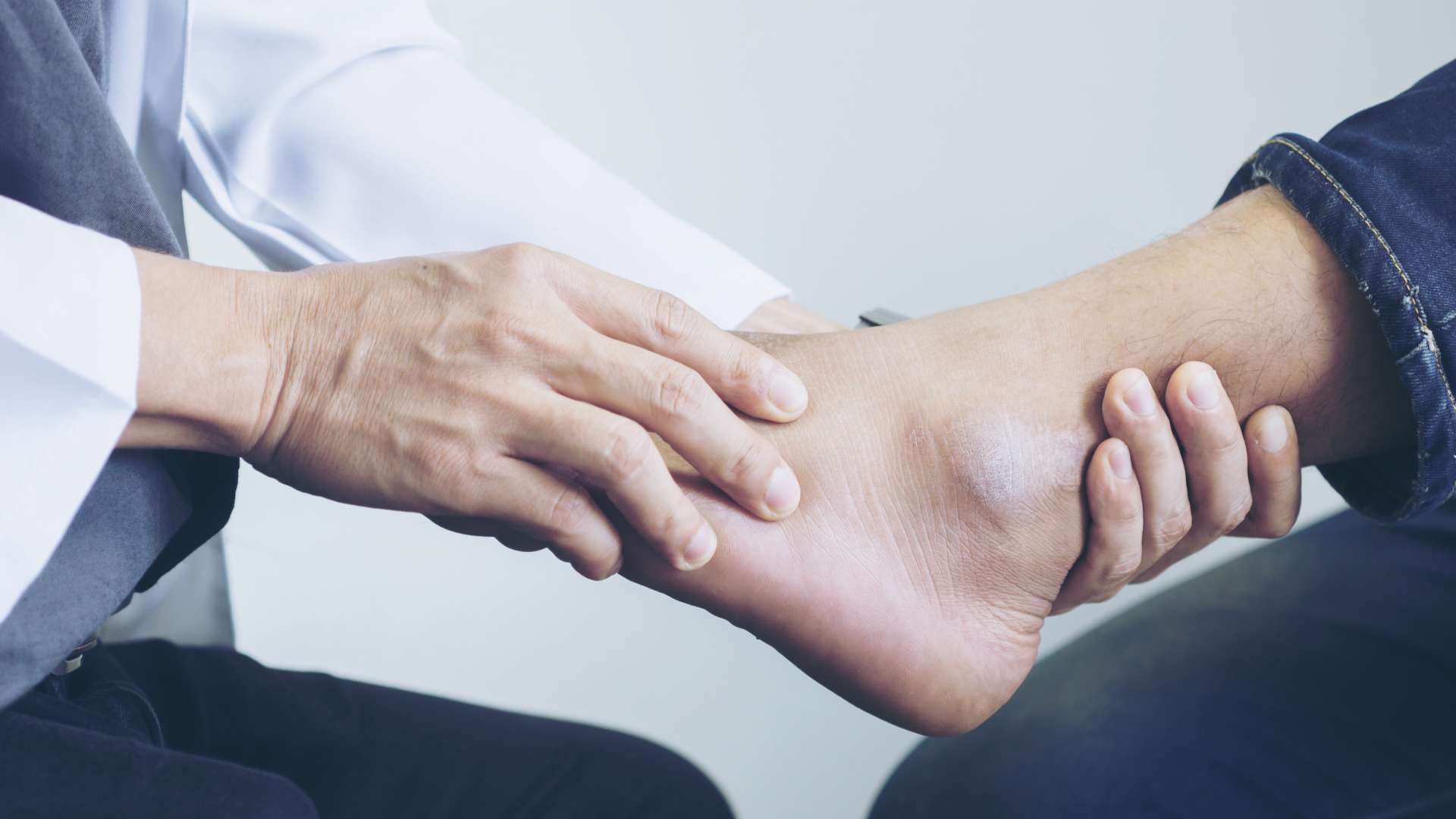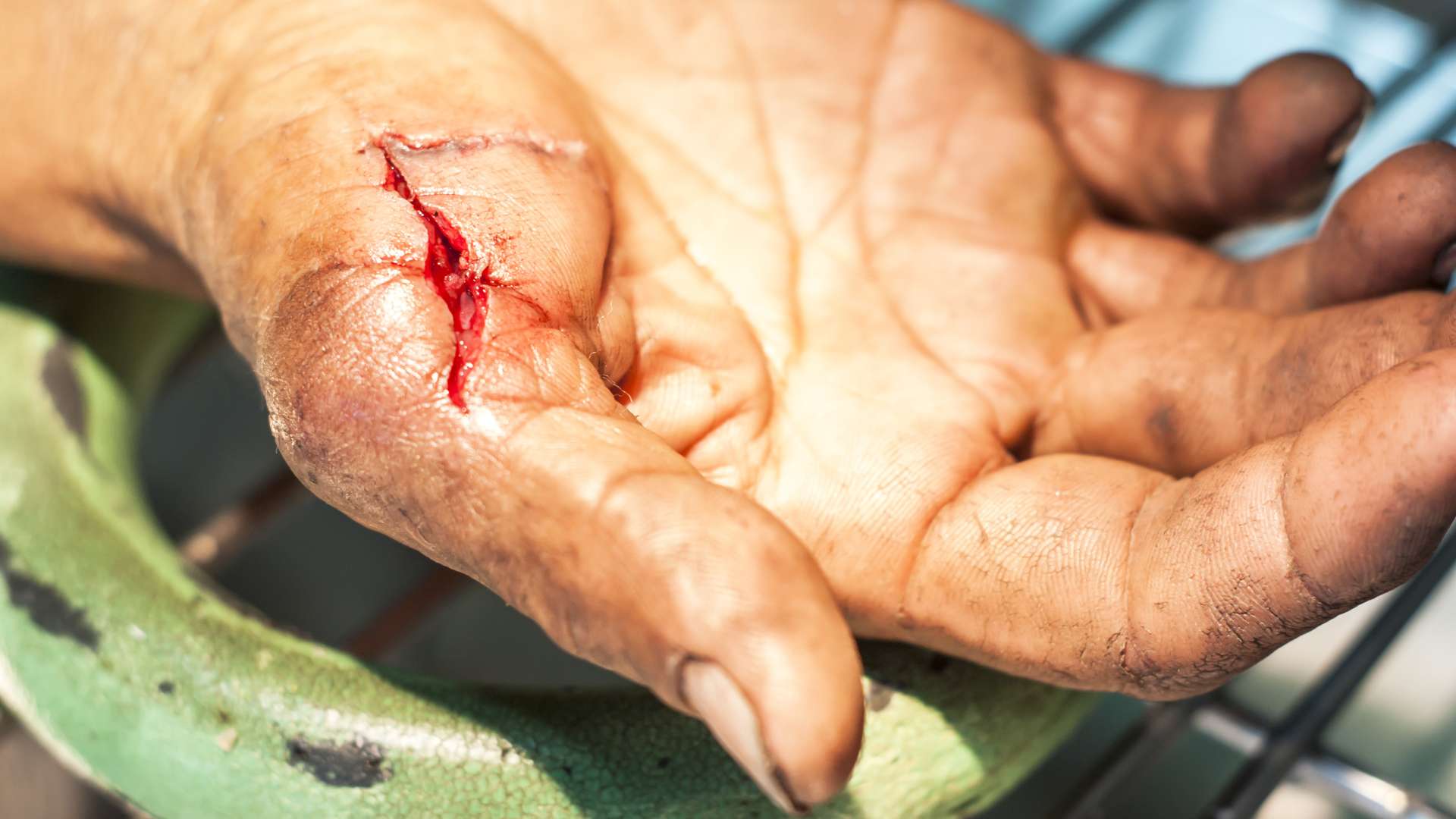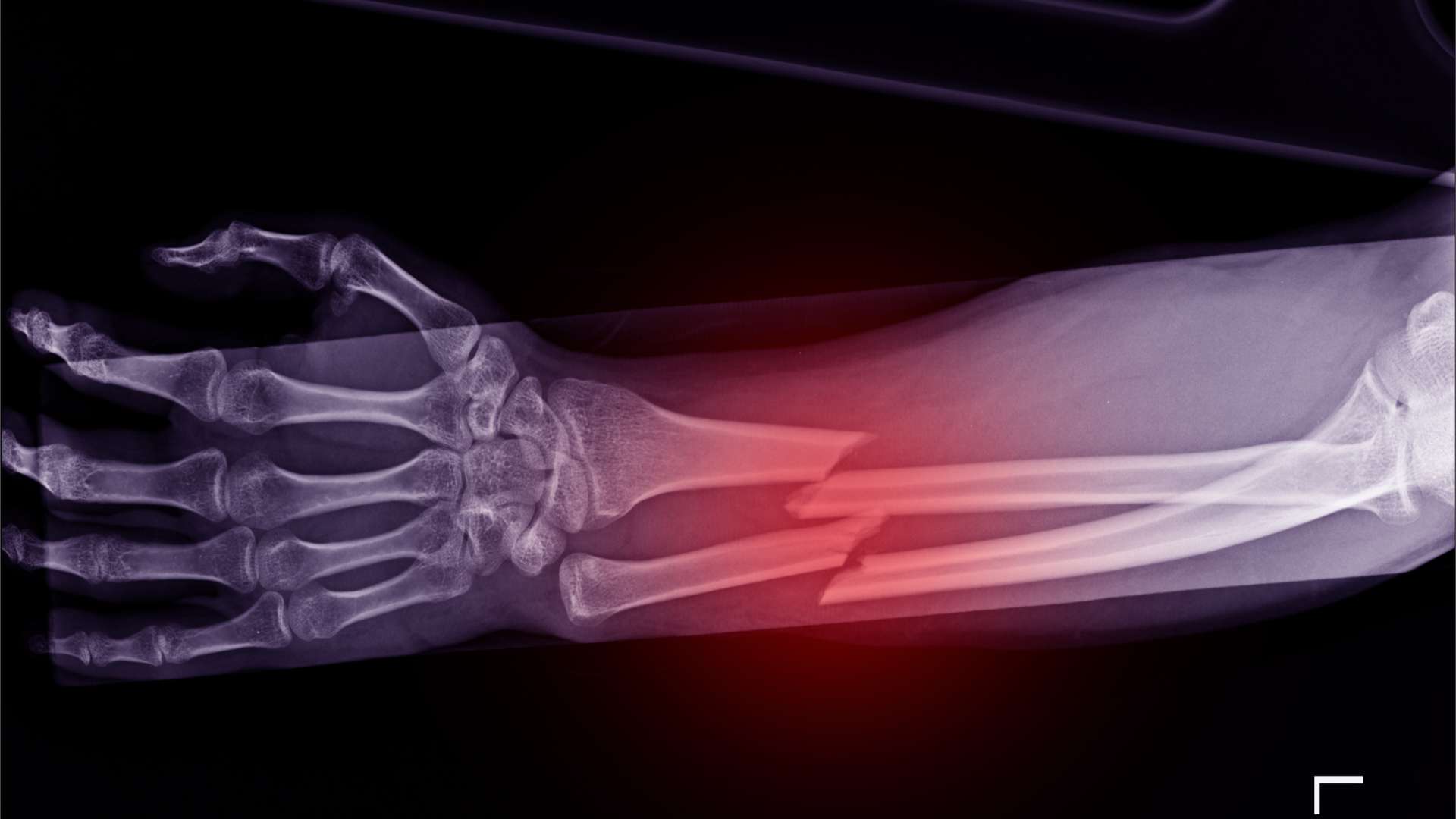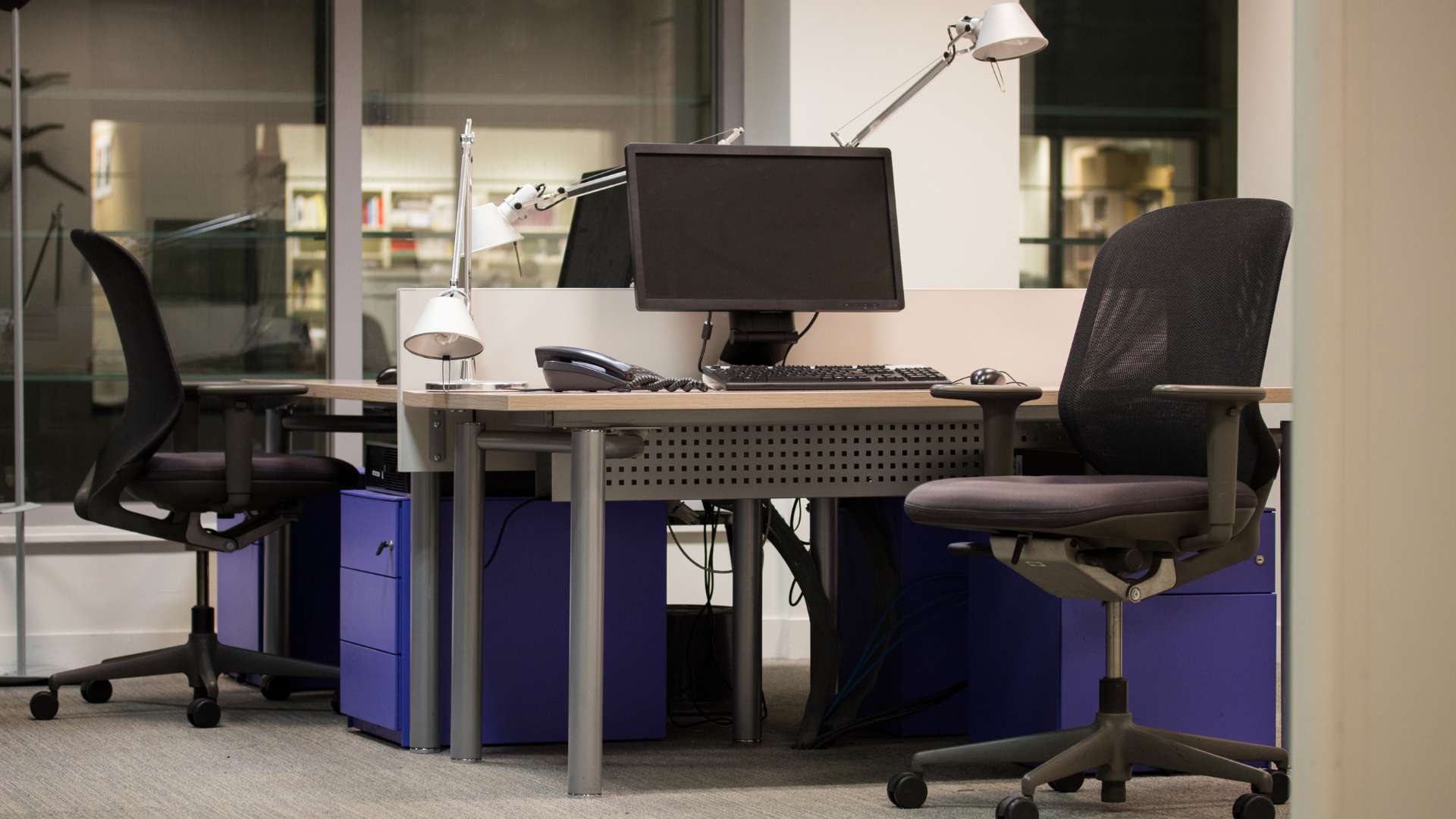Broken bones, also known as fractures, can occur due to various factors, including workplace accidents, falls, and repetitive stress injuries. There are different types of bone breaks, including:
Simple Fracture: The bone breaks but remains aligned and does not pierce the skin.
Compound Fracture: The bone breaks and protrudes through the skin, increasing the risk of infection.
Comminuted Fracture: The bone shatters into multiple pieces, making the healing process more complex.
Stress Fracture: A tiny crack develops in the bone due to repeated stress on the affected area.
Causes of Broken Bones
Broken bones can result from various workplace incidents, such as:
Slips, Trips, and Falls: Uneven surfaces, wet floors, or cluttered pathways can lead to slips and falls, resulting in fractures.
Workplace Collisions: Accidents involving vehicles, machinery, or equipment can cause severe injuries, including broken bones.
Falling Objects: Objects falling from shelves, storage areas, or raised surfaces can lead to bone fractures.
Repetitive Motion: Certain job tasks that involve repetitive movements can cause stress fractures over time.
Occupational Health Services: Managing Broken Bones in the Workplace
At Occupational Health Services, we prioritize workplace safety and are equipped to manage and address broken bones effectively. Our comprehensive approach includes the following:
Immediate First Aid and Care: Our trained professionals provide direct first aid to injured employees, stabilizing the injury and ensuring prompt medical attention.
Transport and Referral Services: We arrange safe transportation to medical facilities for further evaluation and treatment.
Diagnostic Imaging: We offer on-site or coordinated access to diagnostic imaging services, such as X-rays, to accurately assess the fracture’s severity.
Orthopedic Consultations: Our team collaborates with skilled orthopedic specialists to determine the most appropriate treatment plan for the injured employee.
Rehabilitation and Return-to-Work Programs: We design customized rehabilitation programs to facilitate a smooth and safe return to work for employees recovering from broken bones.
The Economic Loss as a Wisconsin Business Owner Due to Broken Bones
For Wisconsin business owners, broken bones can lead to significant economic losses, including:
Worker’s Compensation Claims: Employees suffering from workplace fractures may file worker’s compensation claims, leading to increased insurance costs.
Reduced Workforce Productivity: Injured employees may require time off for recovery, temporarily decreasing overall productivity.
Temporary Replacement Costs: Hiring temporary replacements or overtime costs to cover the injured employee’s workload may lead to additional expenses.
Medical Expenses: Treating broken bones can result in medical expenses for the employee and the employer, including hospital stays, surgeries, and rehabilitation.
Workplace Investigations: Serious accidents resulting in fractures may trigger workplace investigations and potential legal actions, leading to financial liabilities and reputational damage.
Prioritize Workplace Safety with Occupational Health Services
Preventing workplace injuries, including broken bones, is essential for your employees’ well-being and your business’s success. Let Occupational Health Services be your partner in promoting workplace safety and health. Contact us today to learn more about our comprehensive injury management services and how we can help you create a safer work environment. Together, we can build a resilient and thriving workforce.




